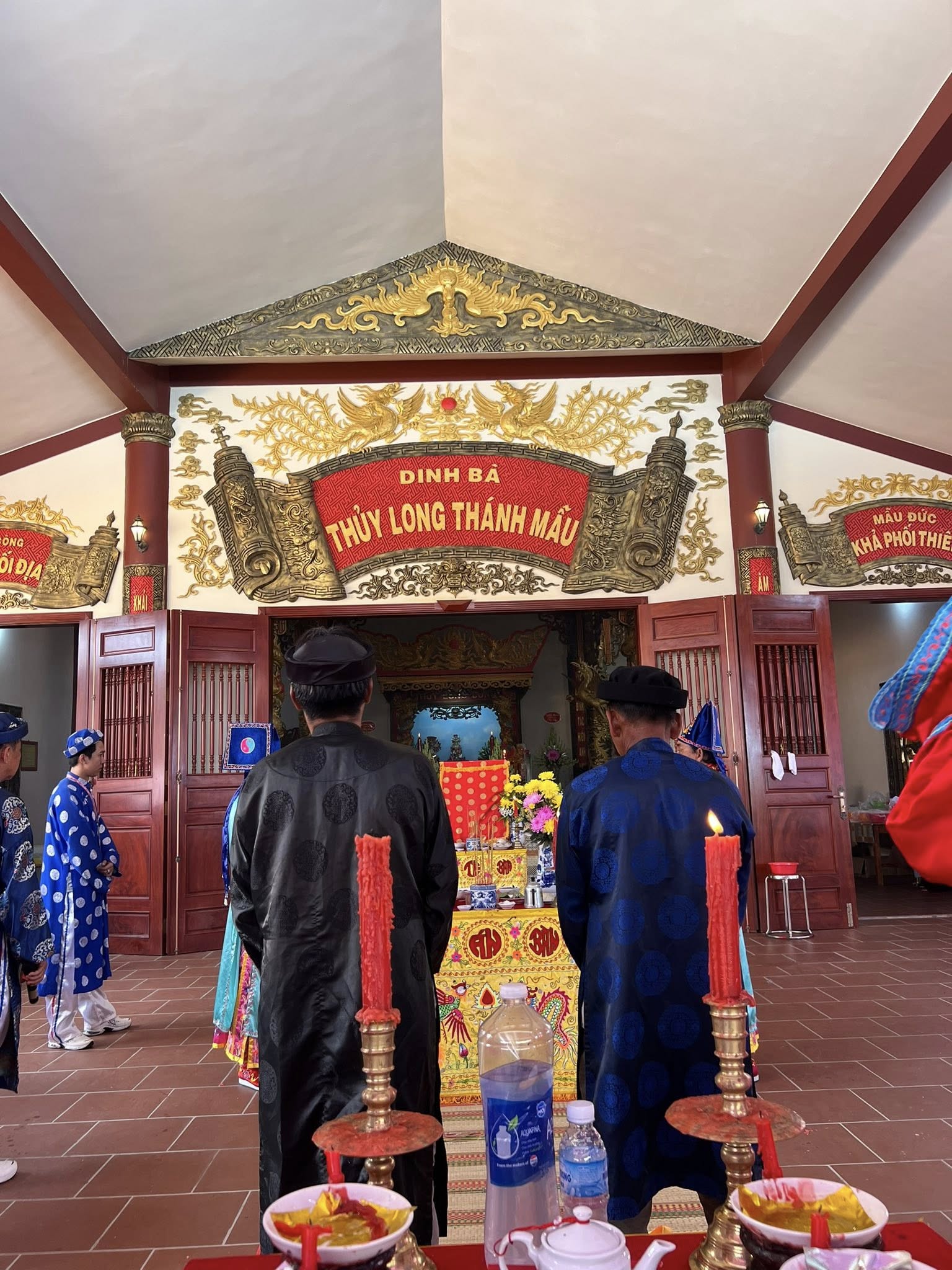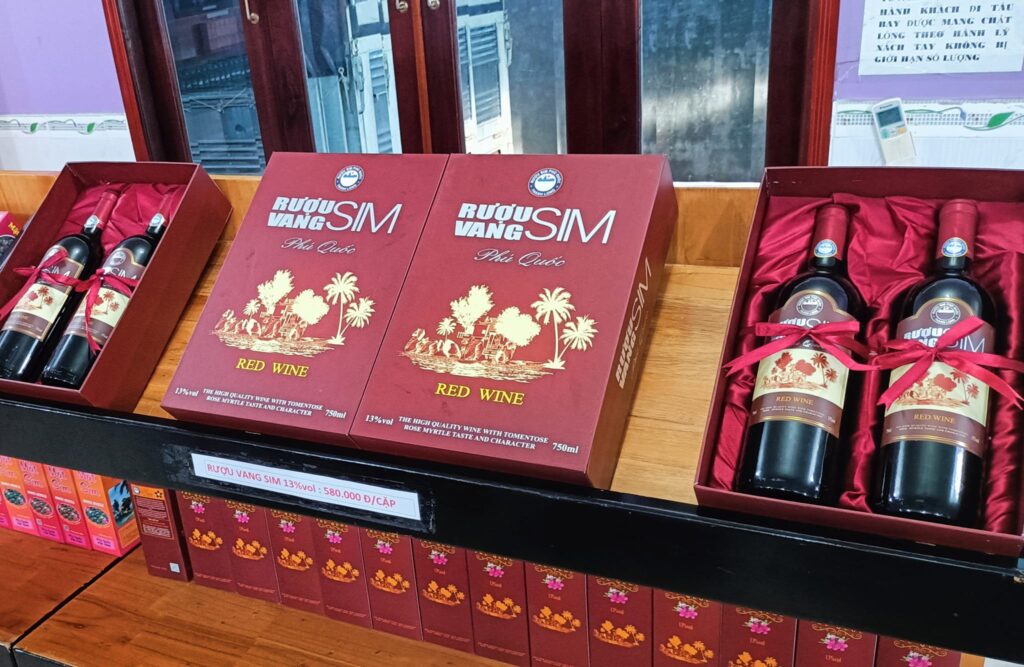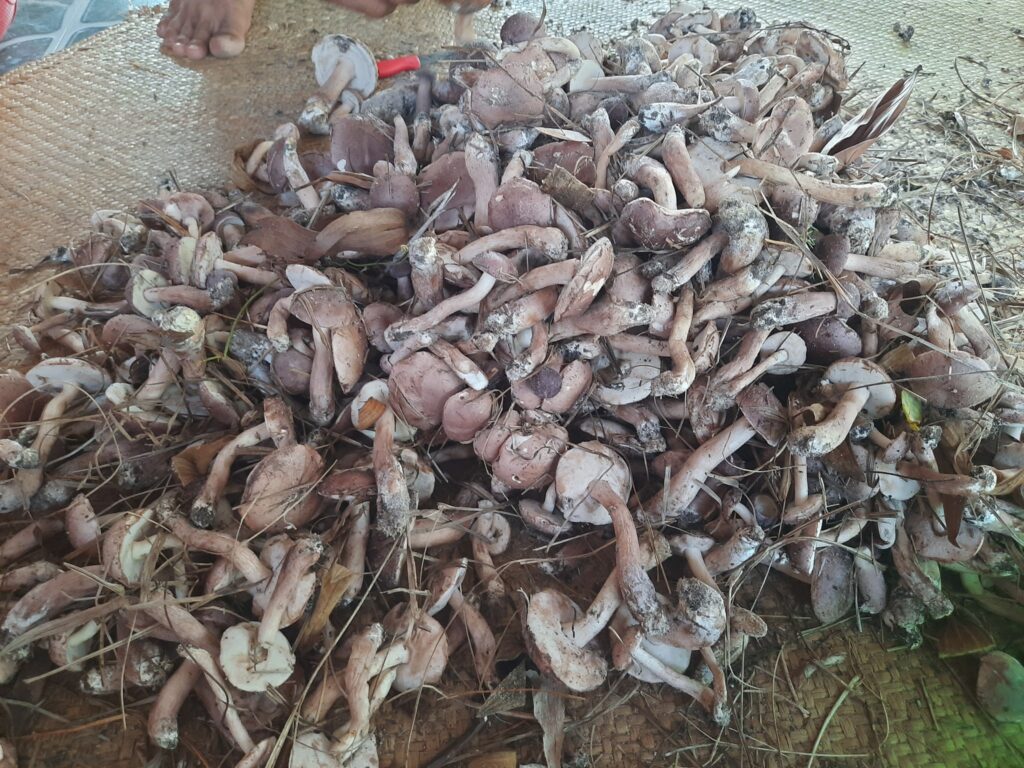The worship of Thuy Long Thanh Mau is one of the most distinctive spiritual traditions of Phu Quoc’s island communities. Living in a land surrounded by open sea and unpredictable weather, generations of fishermen have relied on a spiritual guardian to pray for safety, good fortune, and calm seas. Over time, Thuy Long Thanh Mau—the goddess who rules over rivers and oceans—became the most revered deity on the island. From the ancient Dinh Ba temples to the broader Mother–Child (Ba–Cau) belief system, Phu Quoc preserves a rich layer of folk culture shaped by the harmony of Vietnamese, Cham, Khmer, and Southern coastal traditions.
Origins of Thuy Long Thanh Mau in Vietnamese Folk Beliefs
In Vietnam’s traditional belief system, the “Ngu Hanh Nuong Nuong” (Five Mother Goddesses of the Five Elements) includes the Water Mother—Thuy Duc Thanh Phi. Over centuries, as Vietnamese people migrated southward, the worship of the Water Mother gradually evolved into an independent belief closely tied to the everyday lives of fishermen, traders, and coastal residents. In the southern lands, especially where rivers weave through villages and the sea forms the horizon, the worship of water and sea goddesses grew stronger and more deeply rooted in daily life.
Thuy Long Thanh Mau in Phu Quoc – The Island’s Most Sacred Protector
As Vietnam’s largest island, Phu Quoc was settled by people from many regions during the 17th–18th centuries. Battling storms, strong tides, reefs, and dangerous voyages was part of daily life. These harsh realities nurtured a powerful belief in a protective sea goddess. Islanders believe Thuy Long Thanh Mau watches over the entire southwestern sea, listens to every prayer, and grants peace and prosperity to those who depend on the ocean.
The Dinh Ba Temples of Phu Quoc
Phu Quoc is home to four major temples dedicated to the Sea Mother:
- Dinh Thuy Long Thanh Mau Duong Dong – Facing the sea, this is the island’s most important temple, decorated in the style of the Vietnamese Mother Goddess tradition (Tu Phu).
- Dinh Ba Ham Ninh – A temple honoring both the Whale God (Nam Hai) and Thuy Long Thanh Mau; many whale skeletons and coastal ritual items are kept here.
- Dinh Ba Cua Can – Dedicated to Lady Kim Giao, a legendary early settler who helped cultivate and develop the region; stories about her fields and cattle grounds are still told today.
- Dinh Ba Ong Lang – A temple honoring Lady Lon Tuong Le Kim Dinh, said to be associated with national hero Nguyen Trung Truc; blending history and legend, she is seen as a guardian of the island.

Who Is Thuy Long Thanh Mau?
In local belief, she is known by many names—Thuy Long Thanh Mau, Ba Thuy, Thuy Long Nuong Nuong, Mieu Thoai, or Ba Kim Giao. Islanders regard her as the sea goddess who governs water, protects boats, grants calm seas, blesses trade, and ensures safety for all who work on the ocean.
The Island Legend of Lady Kim Giao
According to legend, Lady Kim Giao came from a noble Khmer or ancient Cambodian lineage. After political turmoil, she fled across the sea to Phu Quoc, reclaimed land, cared for livestock, taught farming, and guided early settlers. Stories about her fields and the wooden posts once used to tie her buffaloes remain part of Phu Quoc’s cultural memory. Like many Southeast Asian folk traditions, the story of Thuy Long Thanh Mau on Phu Quoc blends myth, history, and spiritual symbolism, reflecting influences from the Cham goddess Po Ino Nagar, Khmer deities, and the Vietnamese Mother Goddess tradition.
The Ba–Cau Belief System
In Phu Quoc, Thuy Long Thanh Mau is often worshipped with two male deities known as “Cau Tai” and “Cau Quy”—the “Young Princes” who control fish currents and bless fishermen with bountiful catches. Islanders believe that the Goddess grants peace and harmony, while the Princes guide the fish and bring prosperity. This dual belief system has formed an important spiritual foundation for generations of coastal families.
The Festivals of Thuy Long Thanh Mau in Phu Quoc
The main festival honoring the Sea Goddess is held on the 15th day of the first lunar month across most temples on the island. Each Dinh has its own annual rituals, but the most prominent celebrations take place at: Dinh Ba Ham Ninh (22–23/3 lunar calendar, the largest festival) and Dinh Ba Duong Dong (major prayer ceremonies for peace and blessings). Locals and visitors alike believe the Goddess is especially sacred and generous—many return every year to give thanks, seek good fortune, and pray for safe journeys at sea.
Cultural Values of the Worship of Thuy Long Thanh Mau
The belief in Thuy Long Thanh Mau goes beyond spirituality—it is a cultural identity of Phu Quoc.
- A spiritual anchor for islanders: For those whose lives depend on the sea, every voyage carries uncertainty. Worshipping the Sea Mother gives them confidence and emotional comfort.
- A symbol of cultural harmony: The belief reflects centuries of cultural exchange between Vietnamese, Cham, Khmer, and local seafaring communities.
- A living folk tradition: Despite modern tourism, the worship of Thuy Long Thanh Mau retains its authenticity while adapting to new cultural needs, becoming a meaningful spiritual destination for visitors.
A Living Heritage of the Pearl Island
The worship of Thuy Long Thanh Mau is not just a folk tradition—it is a cultural legacy shaped by the ocean, by ancient stories of survival, and by the gratitude of generations who built their lives on this island. Through the Dinh Ba temples, the legends of Lady Kim Giao, and the enduring Ba–Cau belief system, Phu Quoc preserves a unique spiritual heritage that remains sacred, vibrant, and deeply intertwined with the identity of the Pearl Island.








